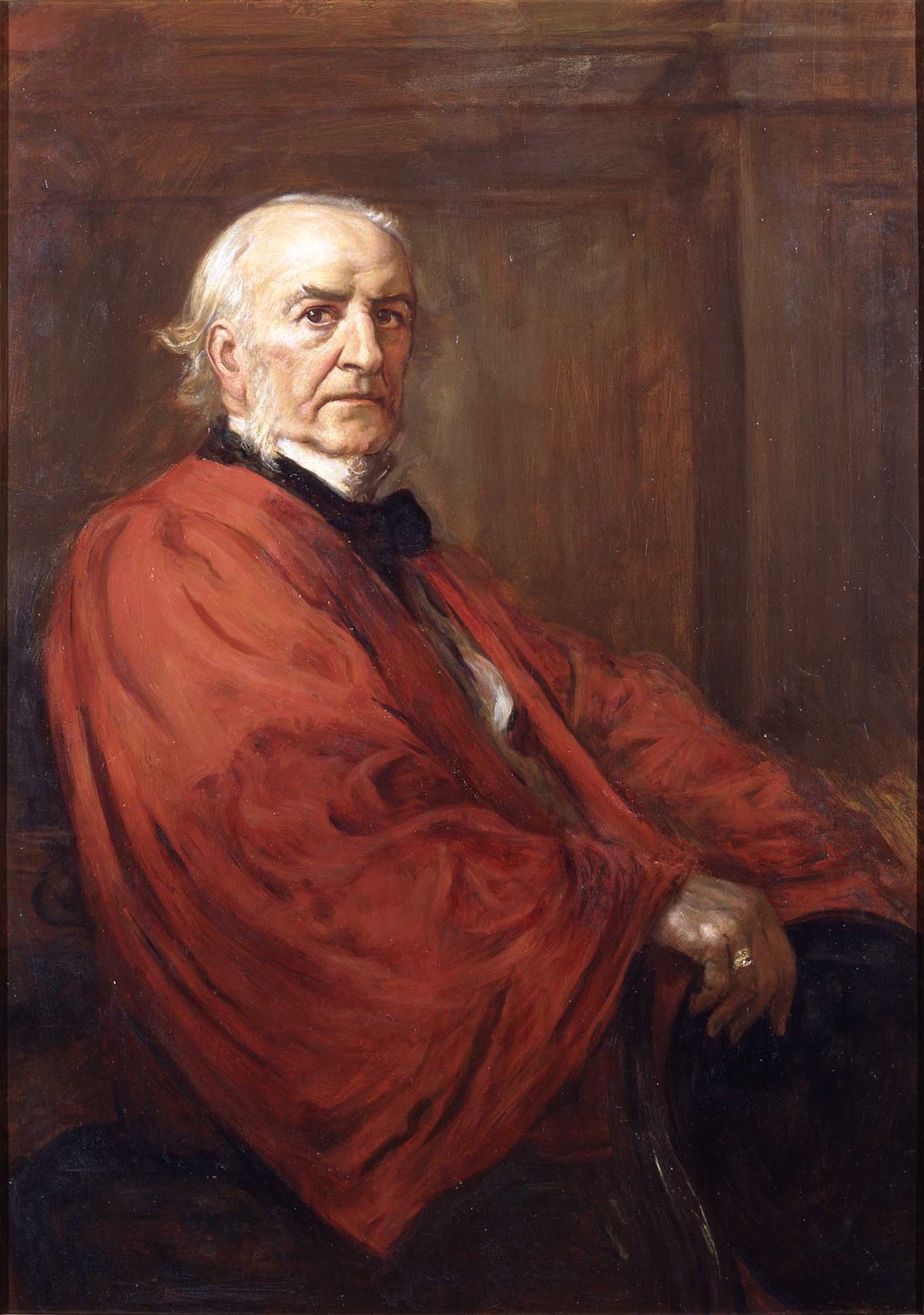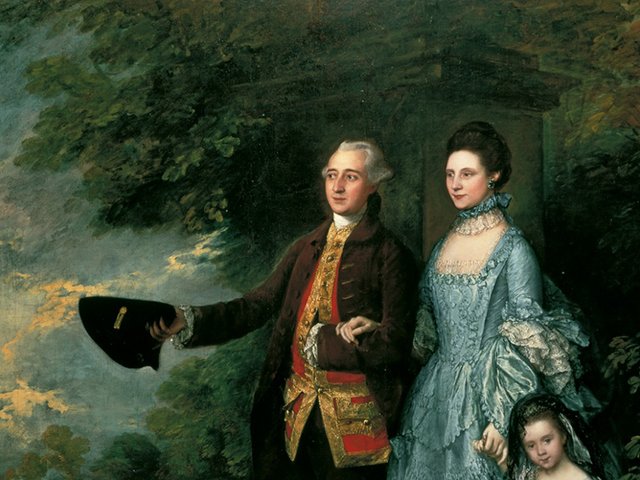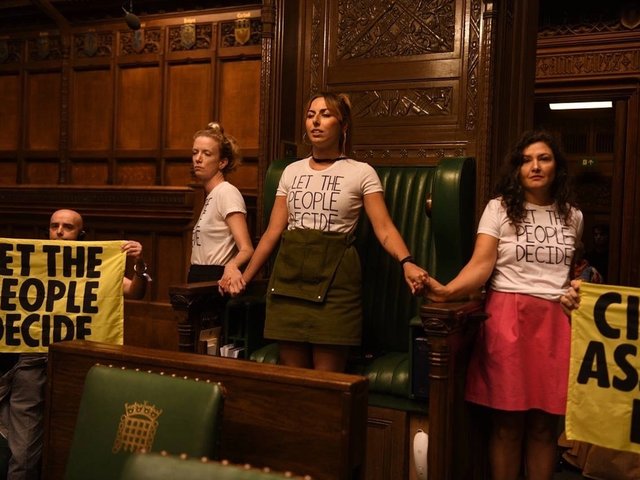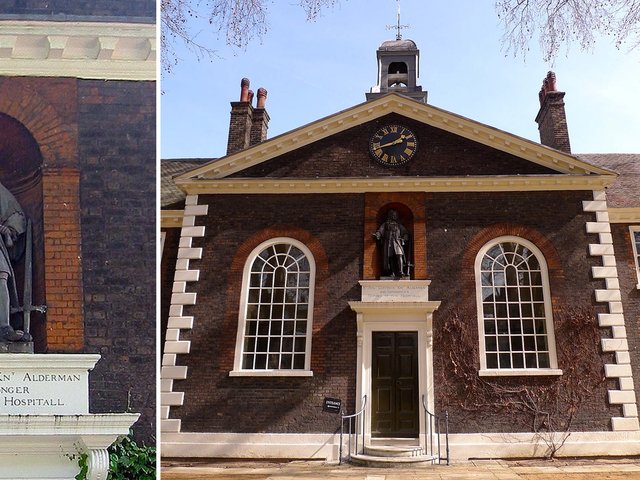Members of Parliament in the UK have announced plans to review and update the Parliamentary Art Collection in light of the Black Lives Matter protests with the aim of becoming “more representative of diversity”. So far an initial data survey of the 9,500-strong collection has revealed that 232 items out of 9,500 works in the collection have links to the transatlantic slave trade. Of those pieces, 189 depict 24 people who had ties to the slave trade and 40 pieces depict 14 people who were abolitionists.
The full review will be led by a cross-party group of MPs who advise the Speaker of the House. “The interpretation of our artworks is reviewed constantly, but this is the first time we are systematically reviewing the entire collection looking at issues around slavery and representation,” says Hywel Williams MP, the chair of the Speaker’s Advisory Committee on Works of Art, in a statement. The aim is to contextualise works by providing updated information on the website and in material handed out to visitors to Parliament.
The collection—founded more than 170 years ago and divided between the House of Commons and the House of Lords—charts the history of Parliament, and includes works featuring 17th-, 18th- and 19th-century parliamentarians. “As many were wealthy landowners and businessmen, they or their families were often directly involved in, and profited from, the forced labour of enslaved peoples and the trading of those people. Today this is recognised as abhorrent,” says a collection statement.
Among those listed as having “financial or family interests in the slave trade” are Robert Peel, who served twice as Prime Minister in the 19th century, and the Earl of Liverpool (tenure from 1812-27) along with the Liberal politician William Gladstone (there are 36 works depicting Peel and over 70 pieces portraying Gladstone).
The new initiative also involves commissioning a “significant artwork to permanently mark the impact of Parliament on Black, Asian and other ethnic minority peoples and/or the contribution of Black, Asian and other ethnic minority people to Parliament and its activities, for permanent display in Parliament”.





